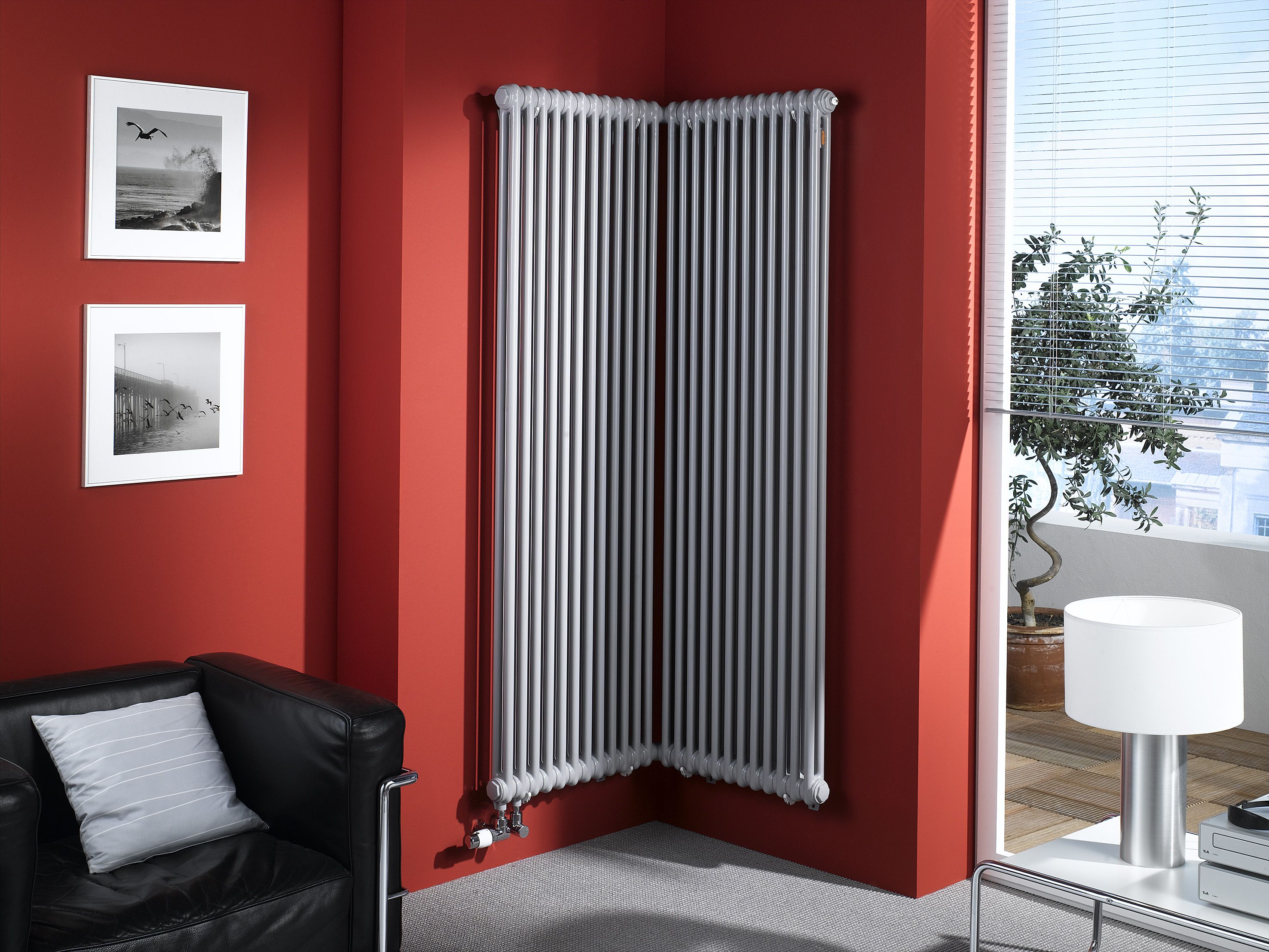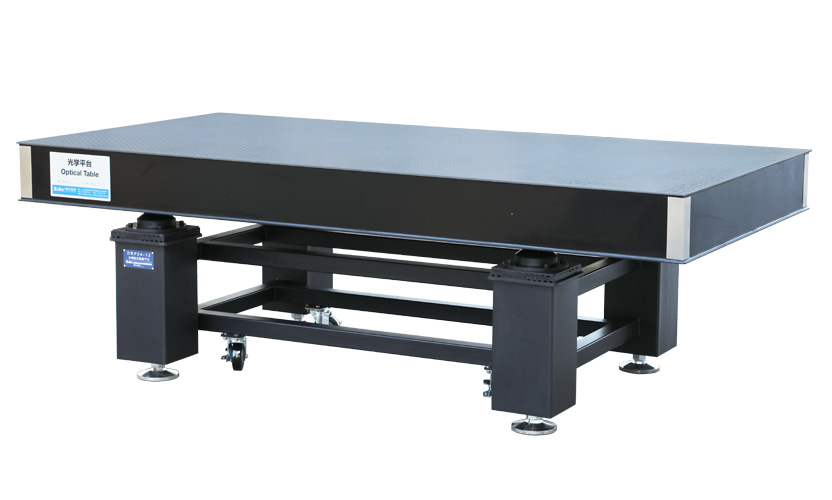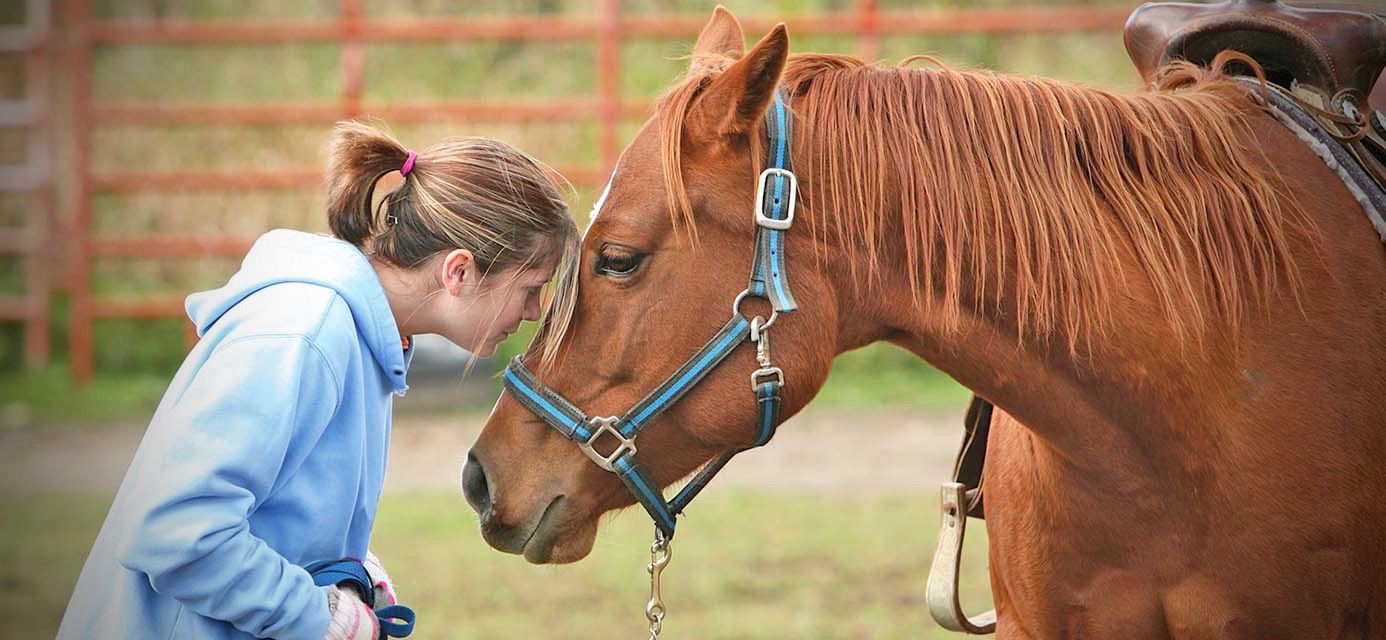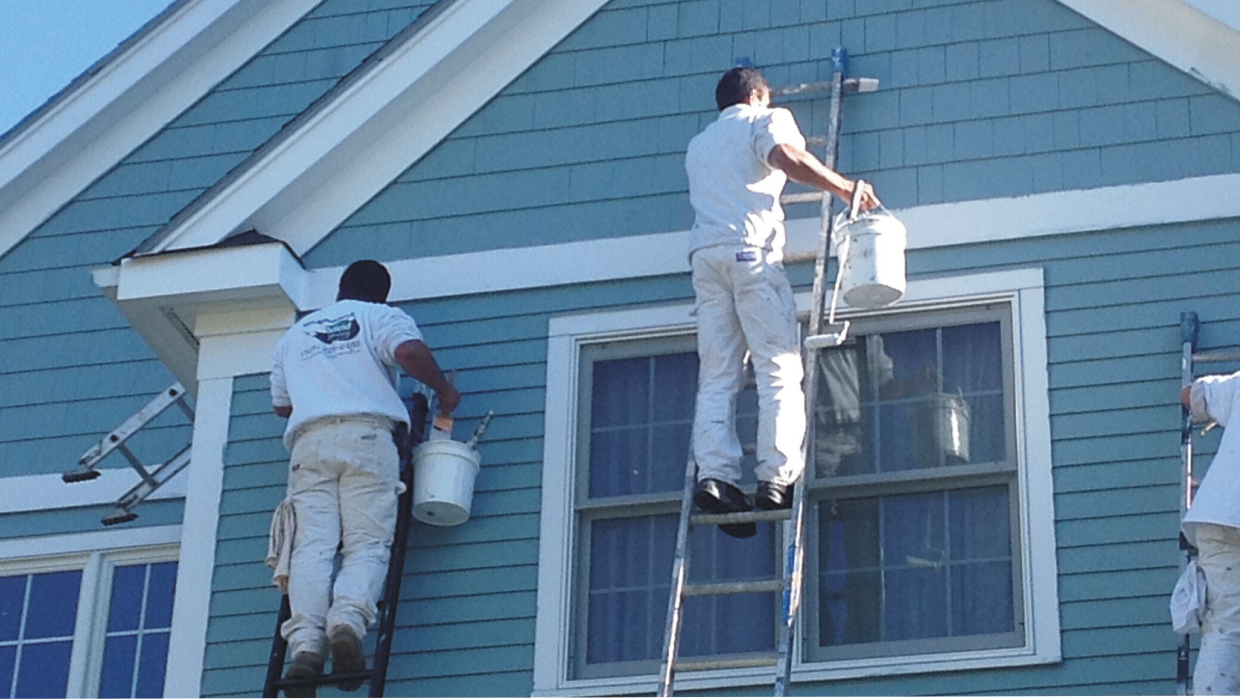Designing Children's Rooms with Low-Risk, Low-Height Radiators

Strong 8k brings an ultra-HD IPTV experience to your living room and your pocket.
Creating spaces where children can thrive demands thoughtful consideration of both aesthetics and safety. Among the numerous elements that require careful planning, heating solutions stand out as particularly significant—they must provide consistent comfort while presenting minimal risk to curious young explorers. Low-height radiators offer a compelling solution, combining efficient warming capabilities with reduced hazard potential. Their positioning closer to floor level minimizes tipping risks while their reduced surface temperature options protect against accidental burns. This comprehensive approach transforms a standard home necessity into a child-friendly feature that complements playful design schemes while prioritizing wellbeing.
The Clarendon Cast Iron Radiator Safety Advantage
The Clarendon Cast Iron Radiator in low-height configurations represents a thoughtful evolution in child-friendly heating design. Unlike conventional tall radiators that can reach dangerous surface temperatures at a child's head height, these streamlined alternatives distribute heat more evenly across their structure. The cast iron construction creates an inherent safety advantage through its gradual heating and cooling properties—rather than reaching extreme temperatures quickly, the material warms steadily and maintains consistent heat output that reduces scalding risks without compromising comfort.
Safety features extend beyond temperature considerations to include rounded edges and smooth finishes that prevent injuries from accidental impacts during play. The lower profile reduces tipping hazards significantly—an important consideration as climbing represents a natural developmental activity for young children exploring their physical capabilities. The substantial construction resists movement even when curious hands investigate, providing parental peace of mind without requiring constant vigilance.
Maintenance aspects also contribute to child safety. The sealed system eliminates accessibility to internal components, preventing curious fingers from tampering with operational elements. Valve covers designed specifically for child environments provide additional protection, concealing adjustment mechanisms that might otherwise invite exploration. These thoughtful details transform standard heating infrastructure into appropriate solutions for spaces where safety requirements exceed standard residential specifications.
The adaptability of these radiators to protective enclosures creates further safety enhancement opportunities. Custom radiator covers designed specifically for nurseries and children's rooms can incorporate child-friendly themes while providing additional barrier protection against direct contact. These enclosures, when properly designed with adequate ventilation, maintain heating efficiency while adding another layer of safety consideration ideal for environments serving particularly young children or those with special needs.
Environmental health concerns receive thorough consideration in modern cast iron radiator design. Unlike some alternative heating systems that circulate dust through convection currents, properly maintained radiators contribute to healthier air quality by minimizing particulate movement—particularly beneficial for children with respiratory sensitivities or allergies. This health-conscious approach extends beyond immediate safety to long-term wellbeing considerations.
Creative Integration into Children's Spaces
The interior design approach to children's spaces has evolved dramatically from simplistic primary color schemes to sophisticated environments that stimulate development while maintaining aesthetic harmony with the broader home. Low-height radiators support this evolution by offering unobtrusive heating that accommodates dynamic room arrangements necessary for growing children. Their reduced vertical footprint preserves valuable wall space for developmental features like growth charts, display shelves for achievements, or interactive wall elements.
Consider positioning strategies that enhance both safety and developmental benefits. Placement beneath windows creates natural activity zones where children can enjoy natural light for reading or creative play while benefiting from the counterbalancing warmth that neutralizes cold drafts. This arrangement naturally draws children away from potential window hazards while creating cozy nooks that encourage focused engagement with books or quiet activities.
Color integration presents particularly exciting opportunities in children's environments. Beyond standard white, contemporary radiator finishes include child-friendly options in pastel tones or even picture finishes featuring educational themes like alphabets, number sequences, or nature motifs. These visual elements transform utilitarian objects into educational features that contribute to cognitive development through daily exposure to foundational concepts.
The relationship between radiators and surrounding furnishings requires careful consideration in children's spaces. Positioning reading nooks or study areas near these gentle heat sources creates comfort zones that naturally encourage extended concentration. Simultaneously, maintaining adequate clearance ensures that beds or soft furnishings maintain safe distances that prevent overheating of fabrics or stuffed toys that might create fire hazards.
Developmental psychology suggests that children benefit from environments that balance consistency with appropriate stimulation. Low-height radiators contribute to this balance through their combination of reliable background comfort and potential for visual integration into thematic designs. Whether incorporated into space exploration themes, underwater adventures, or woodland fantasies, these heating elements can support imaginative play scenarios while fulfilling their practical function.
Safety Without Sacrifice: Efficiency Considerations
The misconception that child safety necessarily compromises heating efficiency deserves addressing. Contemporary low-height radiator designs actually enhance thermal performance in spaces frequented by children through scientific principles particularly suited to their usage patterns. Traditional tall radiators create heat stratification where warmth concentrates at ceiling level—precisely where it provides least benefit for small occupants playing on floors. Horizontal configurations distribute heat more effectively at lower levels where children experience their environment.
Heat output calculations for children's spaces require particular attention to activity levels. Unlike adult environments where sedentary behavior might predominate, children's spaces accommodate dynamic movement interspersed with floor-based play. This variable activity pattern creates fluctuating metabolic heat production that heating systems must accommodate. Low-height radiators with their responsive heating characteristics adapt effectively to these changing requirements without the temperature swings associated with some alternative systems.
Energy efficiency gains particular importance in spaces designed for long-term use throughout childhood. Cast iron's exceptional heat retention properties support economical operation by maintaining consistent temperatures with minimal energy input once operating temperature is achieved. This efficiency translates to reduced environmental impact and lower running costs—considerations increasingly important to environmentally conscious families establishing sustainable home environments for future generations.
The placement flexibility of low-height models allows strategic positioning that maximizes efficiency. Installation beneath windows counteracts cold air descent, creating a thermal barrier that prevents drafts while optimizing circulation patterns. This thoughtful positioning transforms potential problem areas into comfortable zones without requiring temperature compensation through increased energy consumption.
Smart control integration further enhances efficiency in contemporary installations. Programmable systems can adjust temperatures based on occupancy schedules—maintaining lower background warmth during school hours and automatically increasing comfort levels before children return home. This responsive approach eliminates energy waste while ensuring spaces are always welcoming when needed, combining economic and ecological benefits with practical comfort.
Growth-Mindful Design: Adaptability for Developing Needs
Children's spatial requirements evolve rapidly through developmental stages, transforming from infant-focused environments to toddler play spaces, then to school-age learning areas, and eventually to teen retreats. Low-height radiators accommodate this progression through their unobtrusive presence that adapts to changing room configurations without requiring infrastructure modifications. This flexibility supports cost-effective room transitions that might otherwise involve costly heating system alterations.
Consider future-focused installation during initial room planning. Positioning radiators in locations that will remain appropriate through multiple room incarnations prevents disruptive modifications later. Areas beneath windows typically remain unsuitable for furniture placement regardless of age-specific layouts, making them ideal for heating elements intended to serve throughout childhood and adolescence.
The aesthetic adaptability of quality radiators supports seamless transitions between age-appropriate design schemes. Where infant rooms might incorporate protective covers with nursery themes, the same radiators can later stand unadorned in sophisticated teen spaces without appearing childish or requiring replacement. This visual flexibility allows heating infrastructure to mature alongside room occupants, supporting sustainable design approaches that minimize waste.
Storage considerations gain importance as children accumulate possessions throughout development. Low-height radiators preserve vertical wall space for expanding storage systems necessary for growing collections of books, educational materials, and eventually study resources. This space optimization becomes particularly valuable in compact urban homes where maximizing functional square footage determines room effectiveness.
Technological integration pathways deserve consideration in forward-thinking designs. Modern low-height radiators increasingly offer compatibility with smart home systems that will likely become standard during today's children's lifetime. Selecting models with adaptation potential for future connectivity ensures heating infrastructure remains relevant through technological evolution rather than requiring premature replacement to accommodate advancing control systems.
Practical Implementation: Installation and Maintenance
The transition to child-friendly heating solutions involves practical considerations beyond conceptual design. Installation requirements for low-height radiators typically align with standard heating infrastructure, minimizing disruption during retrofitting projects. The primary adaptation involves mounting height adjustments and potential pipe configuration changes to accommodate horizontal rather than vertical orientations.
Professional assessment should precede any system modifications to ensure adequate heating capacity. The reconfiguration from tall to low-height models occasionally necessitates additional radiator sections to maintain equivalent heat output—a consideration requiring expert calculation based on room dimensions, insulation values, and occupancy patterns. This professional guidance prevents performance disappointments that might otherwise compromise comfort during extreme weather conditions.
Maintenance routines for children's environments should prioritize hygiene alongside technical performance. Regular cleaning of radiator surfaces prevents dust accumulation that could affect respiratory health, while annual internal system maintenance ensures efficient operation without unexpected disruptions during cold periods. Establishing these routines during installation creates sustainable care patterns that protect both system longevity and occupant wellbeing.
Consider protection strategies during installation planning. Temporary radiator guards provide additional safety during developmental stages with heightened exploration risk, while being easily removable when no longer required. These adaptable protection options create transitional safety without committing to permanent modifications that might become unnecessary as children mature in their understanding of household safety.
Documentation of installation specifications supports future maintenance efficiency. Detailed records of model numbers, heating capacities, and valve configurations simplify troubleshooting and part replacement should needs arise. This organized approach prevents extensive investigative work during potential system issues, ensuring prompt resolution that minimizes comfort disruptions for sensitive young occupants.
Aesthetic Harmony: Balancing Playfulness and Sophistication
Creating children's spaces that delight young occupants while maintaining connection to overall home aesthetics represents a design challenge that low-height radiators help address. Their minimal visual footprint allows bold decorative choices elsewhere without creating visually overwhelming environments. This balance supports cognitive development through appropriate stimulation levels while creating spaces parents find equally welcoming when sharing activities with children.
Consider dual-audience visual approaches when selecting finishes and positioning. While child-focused elements should predominate at lower sight lines where young eyes engage, incorporating subtle sophistication at adult height creates environments that respect both audiences. This layered approach prevents spaces feeling exclusionary to either group while acknowledging the shared nature of most family homes.
Color psychology offers valuable guidance for heating element integration. Cooler tones like soft blues or greens create psychological balance with warmth production, while energetic spaces might benefit from radiators finished in calming neutrals that visually recede. This thoughtful application of color theory transforms functional elements into contributors to overall emotional atmosphere rather than mere utilitarian necessities.
Textural considerations extend beyond visual elements to tactile experiences increasingly recognized as developmentally significant. The smooth, warm surfaces of properly finished radiators provide sensory contrast to soft furnishings and textured play materials, contributing to the multisensory environment that supports cognitive mapping and material differentiation skills during formative years.
Lighting interaction creates further design opportunities often overlooked in children's spaces. Strategic placement of gentle lighting sources near radiators can create comforting pools of both warmth and illumination that naturally attract reading and quiet play activities during darker months. This thoughtful pairing supports natural behavior patterns while creating visual interest through gentle shadow play.
Conclusion: Creating Comprehensive Safety Through Thoughtful Design
The integration of low-height radiators into children's environments exemplifies how thoughtful design can transform potential hazards into features that enhance rather than compromise living spaces. By addressing safety through multidimensional approaches reduced height, appropriate temperatures, rounded edges, and strategic positioning—these heating solutions demonstrate that child protection needn't rely on unsightly aftermarket additions or constant vigilance.
The developmental benefits extend beyond mere hazard reduction to create environments that actively support childhood exploration, learning, and comfort. The consistent background warmth provides physical security that encourages confident interaction with surroundings—an often overlooked factor in creating spaces where children achieve their potential through focused engagement with developmental activities.
For parents and caregivers, the peace of mind provided by inherently safer heating infrastructure allows more relaxed supervision that benefits both adults and children. This reduction in anxiety creates more positive interaction patterns centered on engagement rather than constant correction or warning—ultimately nurturing more confident, capable children through environments that protect without restricting appropriate exploration.
As sustainable building practices gain prominence, the investment in quality heating infrastructure that adapts through developmental stages represents environmentally responsible parenting. Rather than requiring replacement to accommodate changing needs, well-selected radiators mature alongside room occupants, reducing lifetime resource consumption while providing consistent comfort throughout childhood years.
Perhaps most significantly, these considerations demonstrate how thoughtfully selected practical elements contribute to the emotional landscape of childhood. Spaces that combine safety with beauty, function with delight, and protection with respect for developing autonomy create the foundation for confident exploration of wider worlds. In this context, even humble heating elements become contributors to the nurturing environments that shape tomorrow's innovators, creators, and caretakers.
Note: IndiBlogHub features both user-submitted and editorial content. We do not verify third-party contributions. Read our Disclaimer and Privacy Policyfor details.







